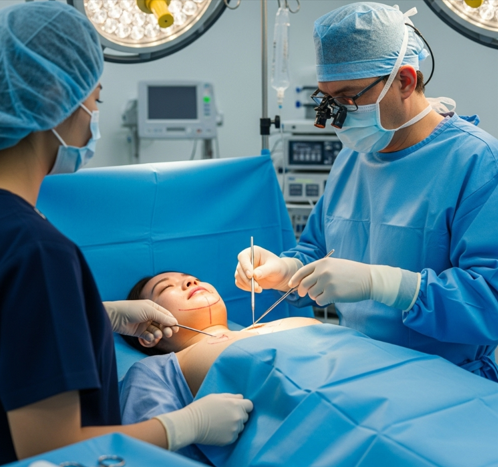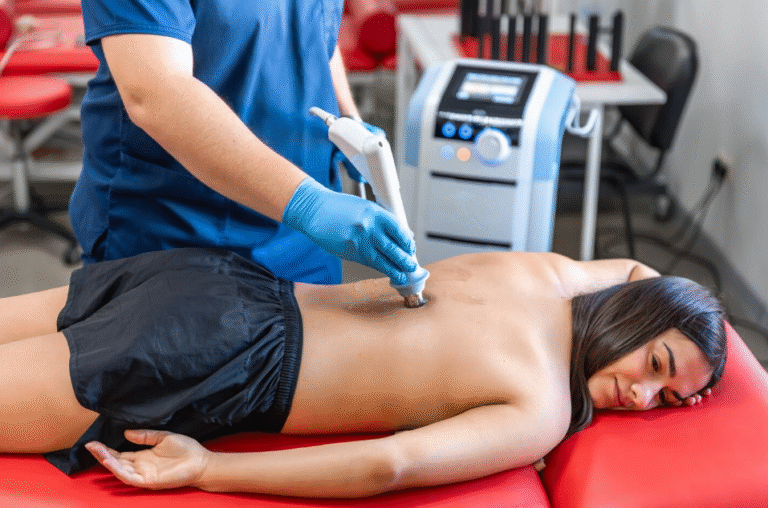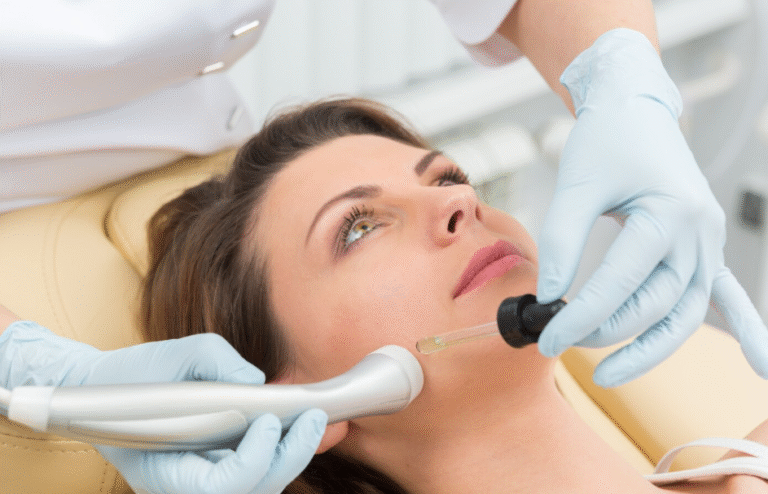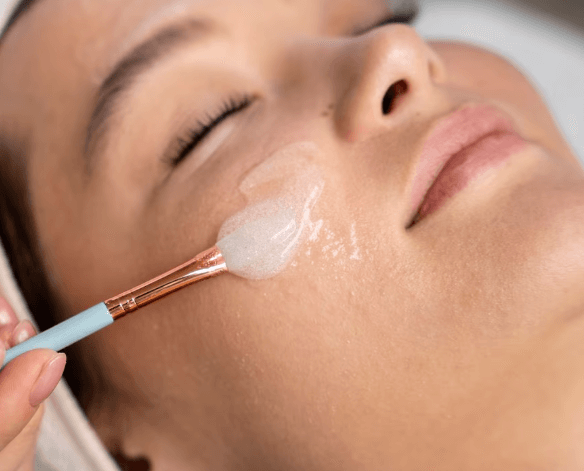Treatment Overview
Areola Reduction Surgery, also known as areolaplasty, is a cosmetic breast procedure designed to resize or reshape the areola (the pigmented skin surrounding the nipple). In Korea, this treatment is performed with meticulous precision to ensure natural proportions, minimal scarring, and harmonious results. Korean plastic surgeons are highly regarded for their ability to combine advanced surgical techniques with artistic aesthetics, making Korea one of the top destinations for areola reduction surgery worldwide.
Purpose & Benefits
The primary purpose of areola reduction surgery is to create a more balanced and proportional nipple–areola complex.
Key benefits include:
- Reduced size of enlarged or stretched areolas
- Enhanced breast symmetry and aesthetics
- Correction of asymmetrical or irregular areola shapes
- Improved self-confidence and body image
- Natural-looking results with minimal visible scars
Ideal Candidates
This surgery is recommended for individuals who:
- Have naturally large or stretched areolas due to genetics, pregnancy, or breastfeeding
- Experience asymmetry between the two areolas
- Feel self-conscious about the appearance of their areolas
- Desire refinement after previous breast surgeries (augmentation, reduction, or lift)
- Are in good health and have realistic expectations
Possible Risks & Complications
Although Korea’s clinics are equipped with world-class technology, areola reduction carries certain risks, including:
- Mild scarring around the areola edge
- Temporary swelling, bruising, or discomfort
- Changes in nipple sensitivity (usually temporary)
- Rare infection or bleeding
- Slight asymmetry in healing outcomes
Surgical Techniques Used
Korean surgeons employ refined surgical approaches to ensure natural, scar-minimized results:
- Periareolar Incision Technique – a circular incision made along the edge of the areola, allowing excess tissue and skin to be removed while camouflaging the scar.
- Areola Resizing with Suture Support – internal sutures are placed to maintain the new areola shape and prevent stretching over time.
- Combined Areola Reduction with Breast Procedures – often paired with augmentation, lift, or reduction surgeries for full breast enhancement.
Recovery & Aftercare
Recovery in Korea is structured and closely monitored to ensure safe healing.
- Most patients return to light activities within 3–5 days.
- Stitches are usually removed within 7–10 days.
- Swelling and redness typically subside in 2–3 weeks.
- Patients are advised to avoid strenuous exercise for 3–4 weeks.
- Specialized scar creams and laser treatments (widely available in Korea) may be recommended to minimize scarring.
Results & Longevity
Results are noticeable immediately after surgery, with a more refined and proportionate areola size. Final outcomes are typically visible after swelling subsides within 1–2 months. Korean surgical techniques ensure long-lasting results, and areola size generally remains stable unless affected by future pregnancies or significant breast changes.
Treatment Process in Korea
Korea is widely recognized as a global leader in breast aesthetics, including areola reduction, thanks to its combination of advanced techniques, aesthetic expertise, and comprehensive care.
- Advanced Surgical Technology: Korean clinics use micro-incision tools, absorbable sutures, and advanced scar-minimizing methods. Some clinics also integrate laser-assisted healing for improved results.
- Unique Korean Methods: Korean surgeons prioritize natural aesthetics by carefully resizing the areola to fit overall breast proportions, considering both symmetry and body balance. The focus is not just on reducing size but also on enhancing harmony with the entire breast.
- Expertise of Korean Surgeons: Many plastic surgeons in Korea are internationally trained, board-certified, and experienced in high-volume procedures, ensuring consistent and reliable results.
- Comprehensive Medical Tourism Services: Korea offers English-speaking coordinators, medical interpreters, VIP recovery centers, and personalized aftercare programs for international patients. This makes the treatment process smooth and stress-free for foreigners.
- High Patient Satisfaction: Korean clinics are known for their exceptional before-and-after transformations, with detailed consultations and customized surgical planning tailored to each patient’s aesthetic goals.
Cost Range
Areola reduction surgery in Korea is generally more affordable compared to Western countries, while maintaining world-class standards.
- Average Price Range: ₩2,000,000 – ₩5,000,000 KRW
(Approx. $1,500 – $3,800 USD) - Factors Influencing Cost:
- Surgeon’s experience and credentials
- Clinic reputation and location (premium clinics in Seoul’s Gangnam district may charge more)
- Whether the procedure is standalone or combined with other breast surgeries (augmentation, reduction, or lift)
- Use of advanced technologies such as laser-assisted healing or scar management systems
- Additional Costs: Pre-surgery tests, post-surgery garments, medications, and aftercare treatments may add ₩300,000 – ₩800,000 KRW ($230 – $600 USD).
Popular Clinics
Some of the leading clinics in Korea known for breast and areola surgeries include:
- Banobagi Plastic Surgery Clinic – internationally recognized for breast aesthetics
- JK Plastic Surgery Center – specializes in cosmetic surgery for international patients
- View Plastic Surgery Hospital – advanced techniques with tailored recovery care
- ID Hospital Seoul – one of Korea’s largest medical tourism centers
- Regen Plastic Surgery – highly rated for breast and nipple-areola complex surgeries




